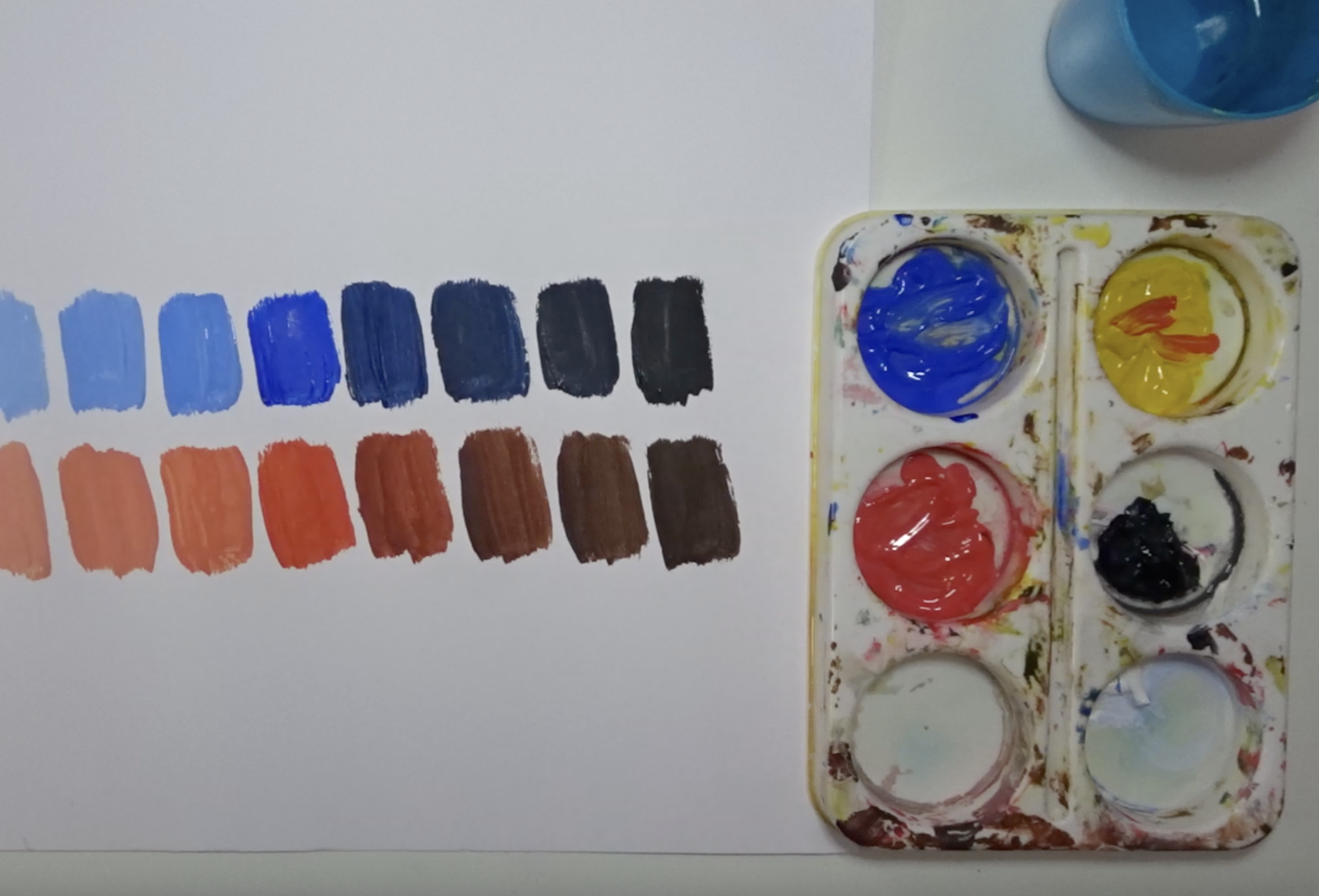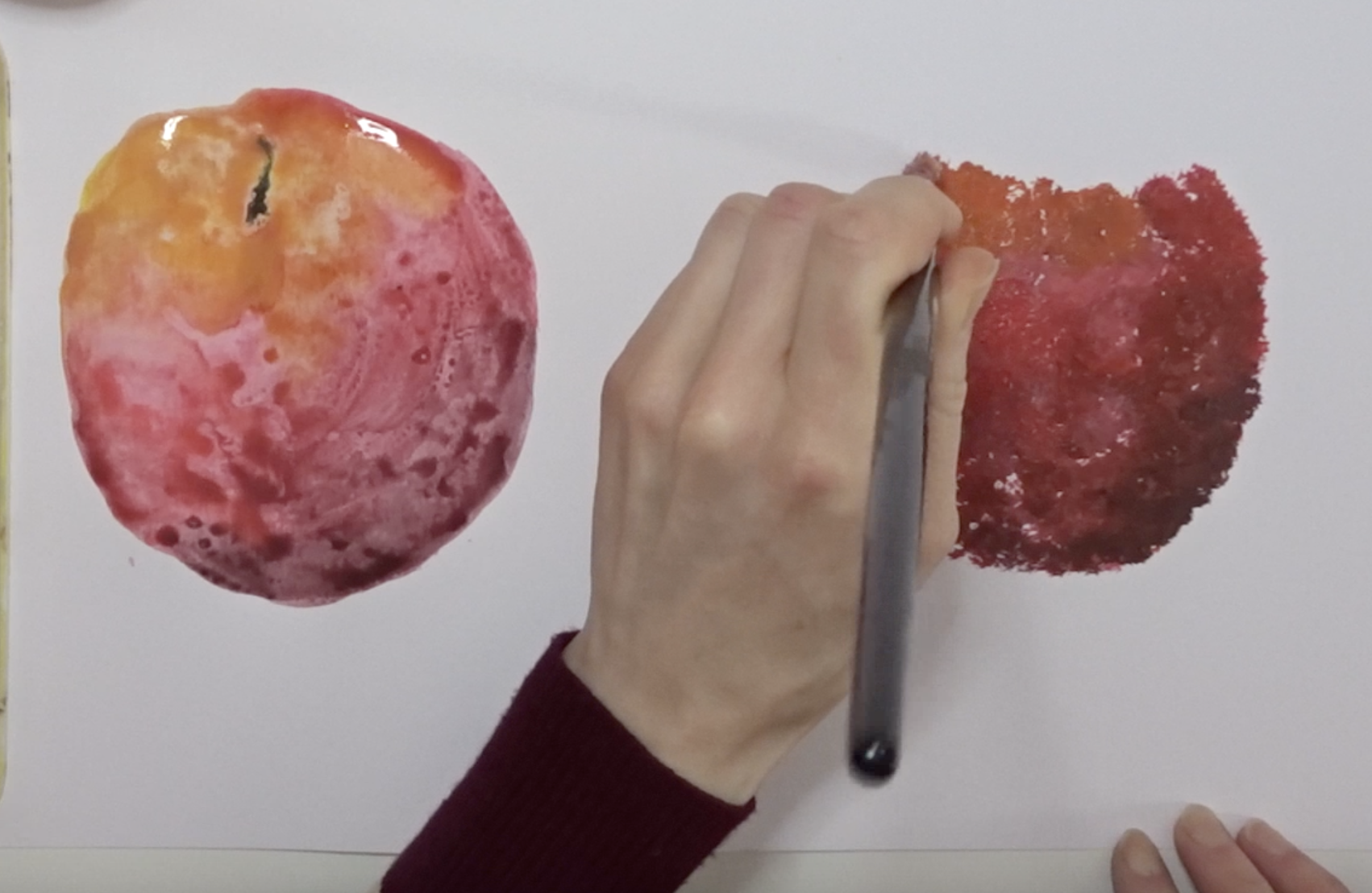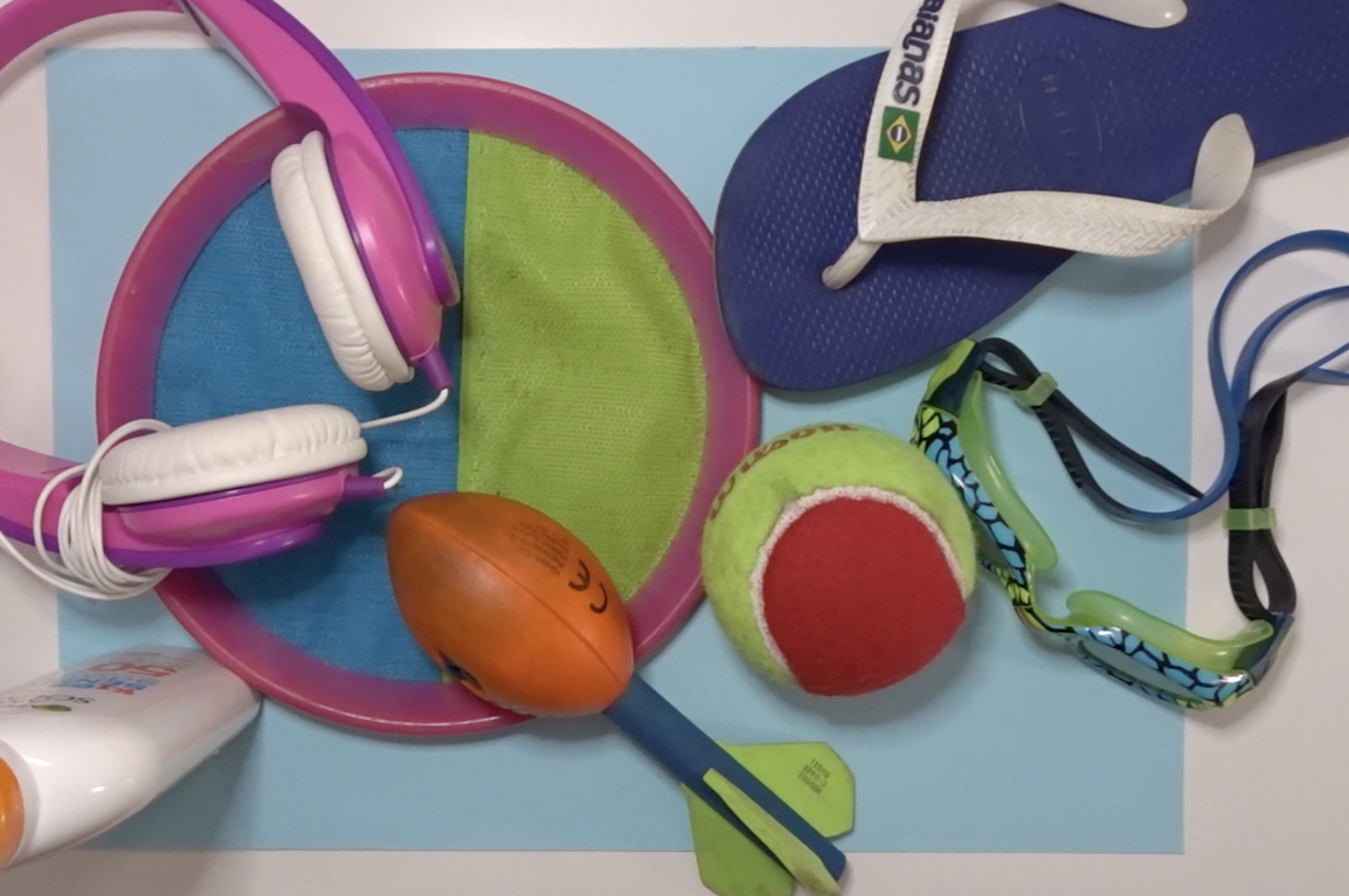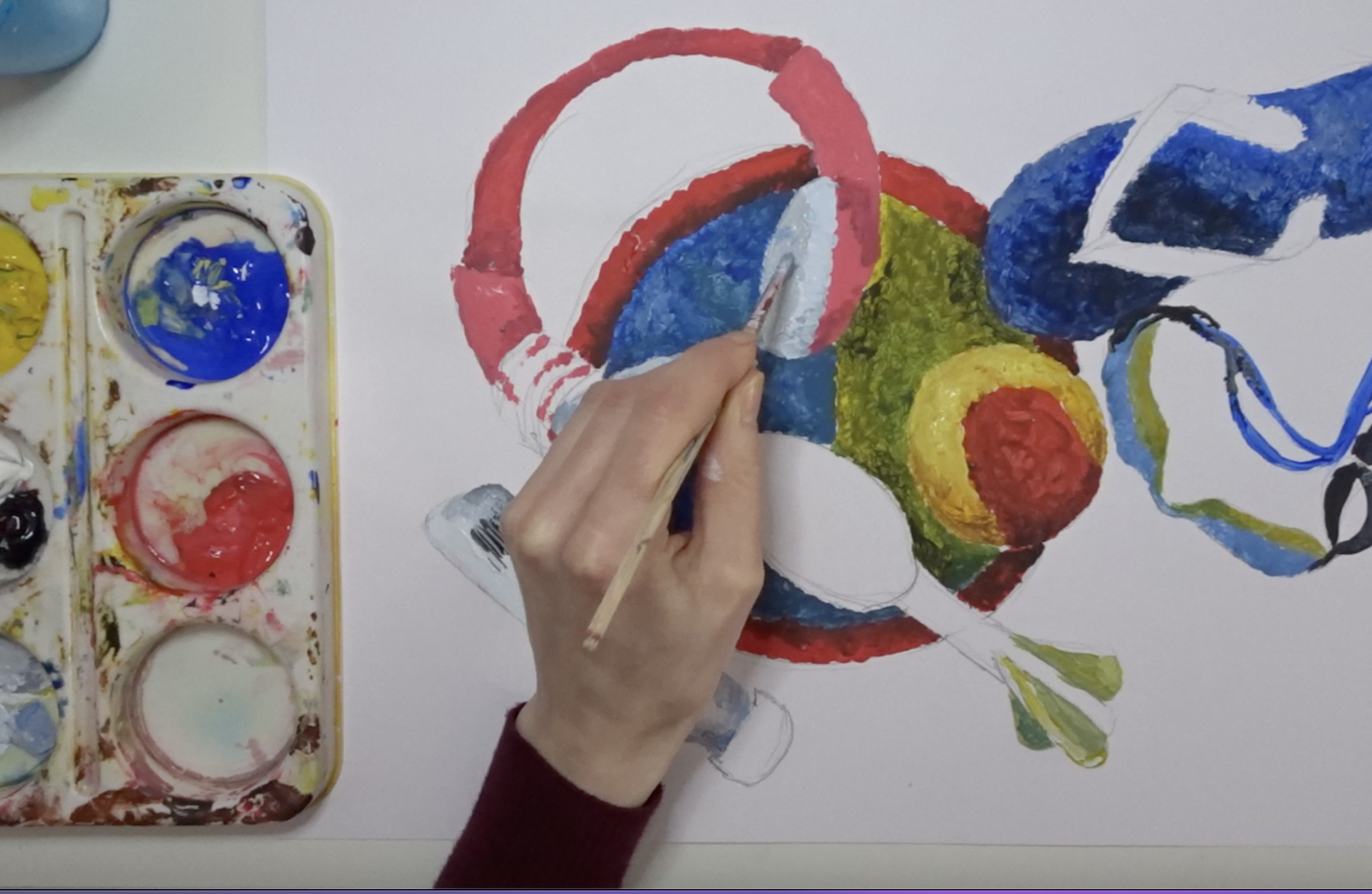Learning intention
- To use tints and shades to give a three-dimensional effect when painting.
Success criteria
- I can describe the way colours change in
This content is for subscribers only. Join for access today.
Cambridge Primary Art & Design (0067) Learning objectives
Experiencing
E.02 Explore media, materials, tools,
This content is for subscribers only. Join for access today.
Before the lesson
This content is for subscribers only. Join for access today.
Lesson plan
Recap and recall
Show the Presentation: Quiz: Tints and shades. Tell learners to write their answers on whiteboards or paper and hold them up before revealing each correct answer on the slide. Repeat this process after each question.
This content is for subscribers only. Join for access today.
Extended-mode explainer videos
How to extend your display to view the lesson page and preseantion mode simultaneously. Choose your operating system below to watch the video
If you need further support with extending your display,
please contact [email protected].
Differentiation
Learners needing support:
- Should use the grid template with fewer, larger squares.
- Could discuss where the light and shadows are on their object.
Learners working at a stretch:
- Should try to only change the original colour a little bit at a time to achieve a gradual difference between the colour of the squares.
- Should be able to fill each square neatly so the colours do not bleed into one another.
This content is for subscribers only. Join for access today.
Assessing progress and understanding
Learners with secure understanding can:
- Discuss their real-life experiences of the way colours
This content is for subscribers only. Join for access today.
Vocabulary definitions
-
flat
Simple artwork that is two dimensional.
-
shadow
The darker area made when something blocks the light.
This content is for subscribers only. Join for access today.
Example work
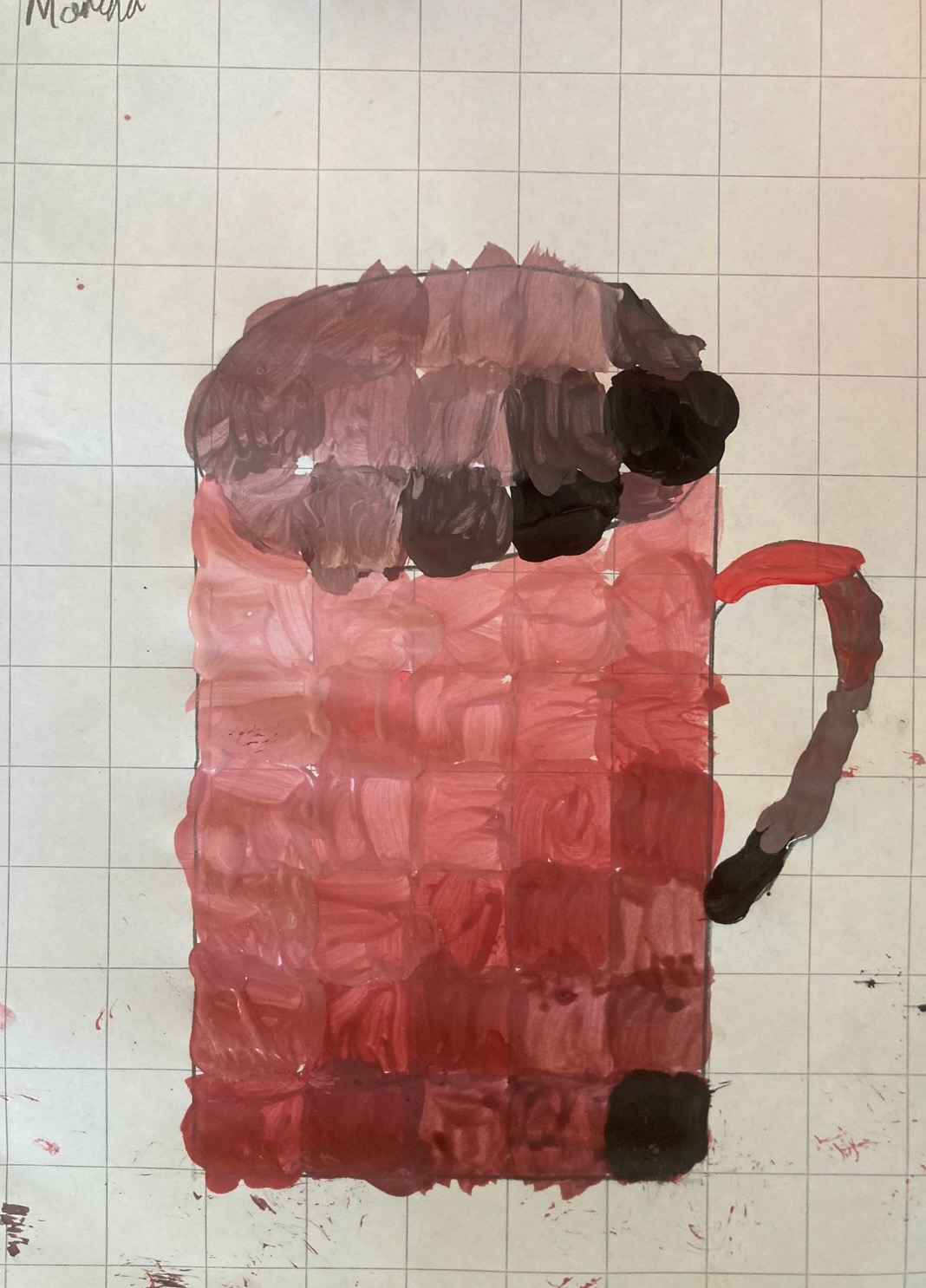
Our Lady of Muswell RC Primary School, London
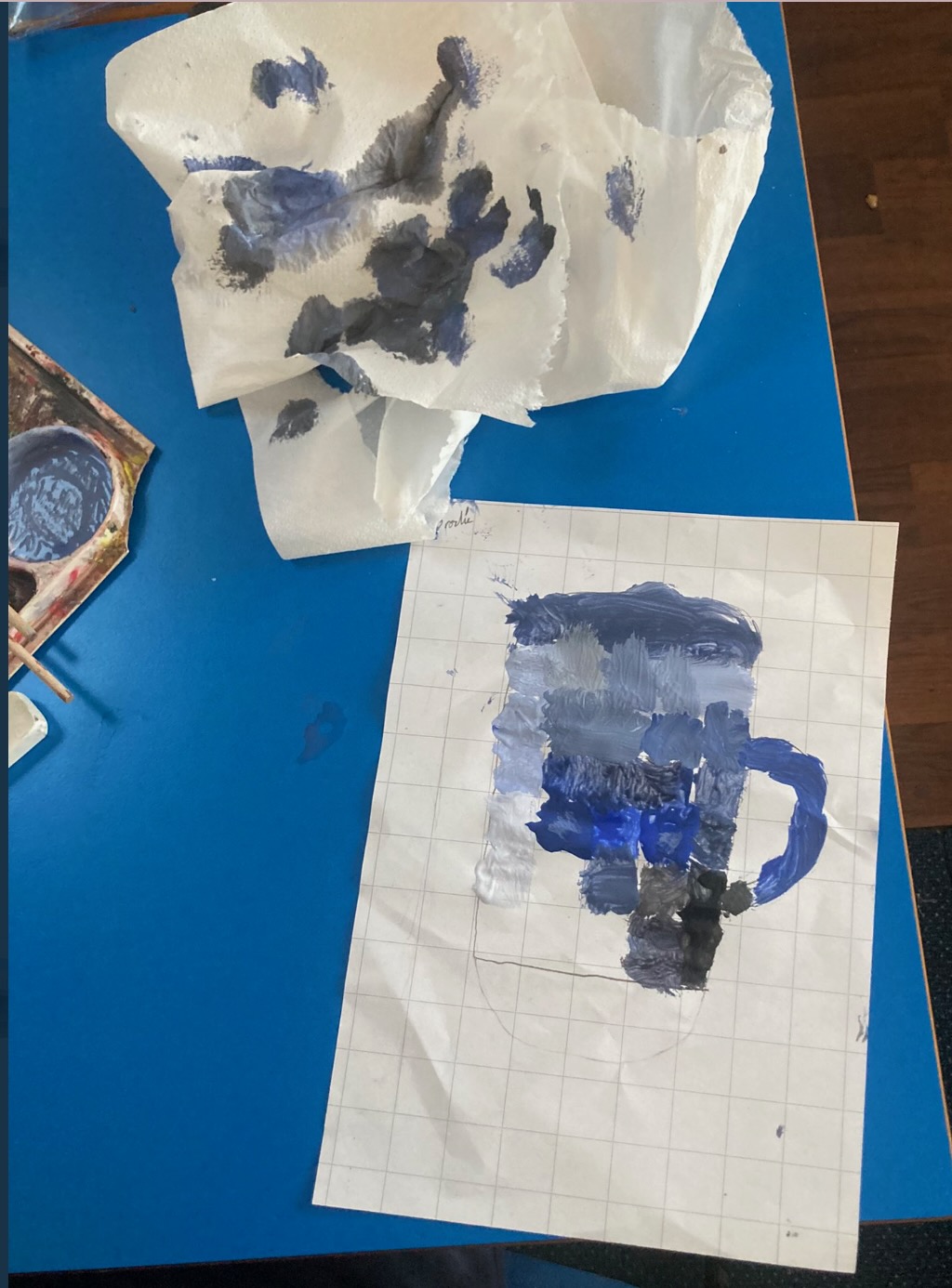
Our Lady of Muswell RC Primary School, London
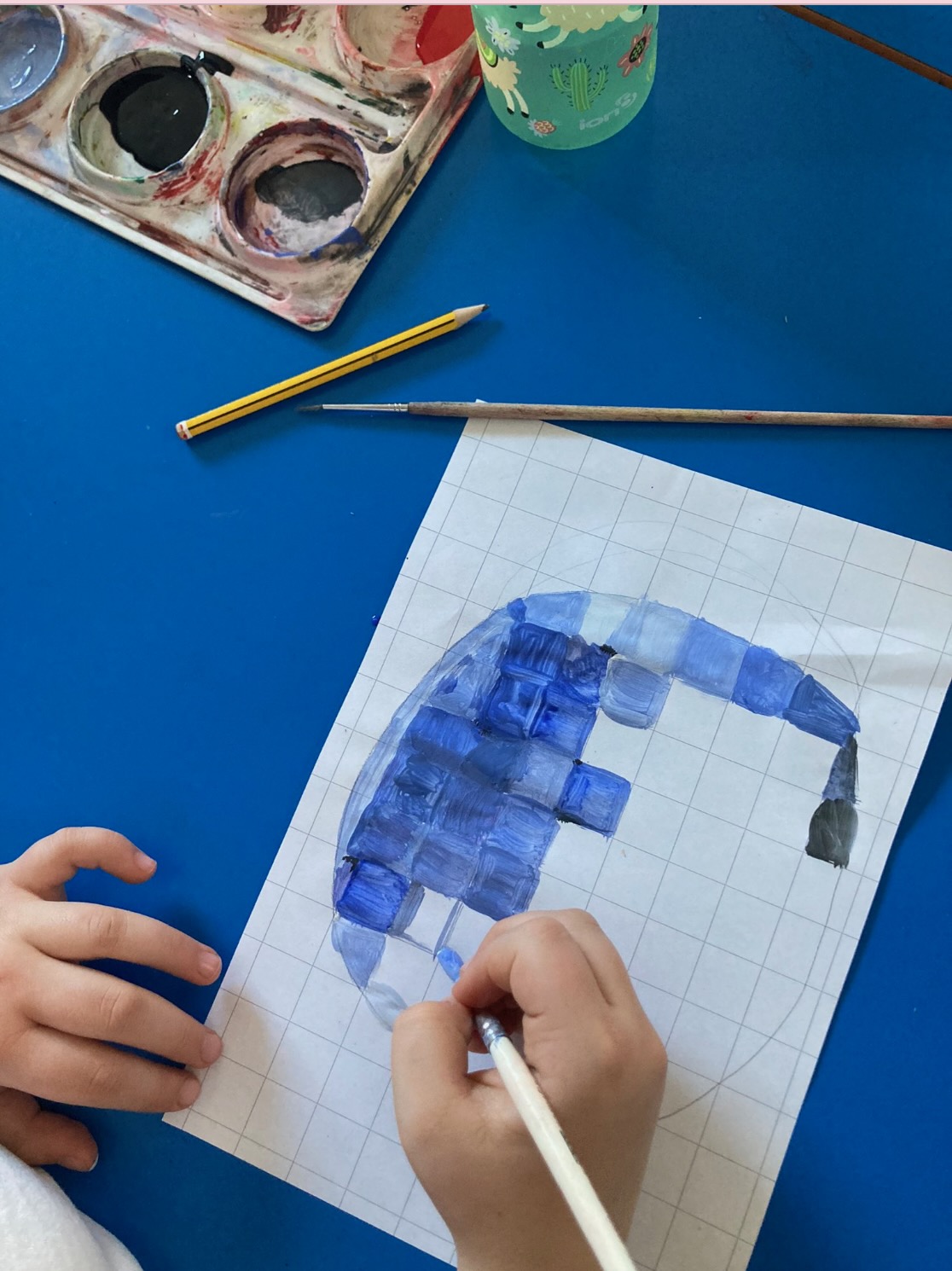
Our Lady of Muswell RC Primary School, London
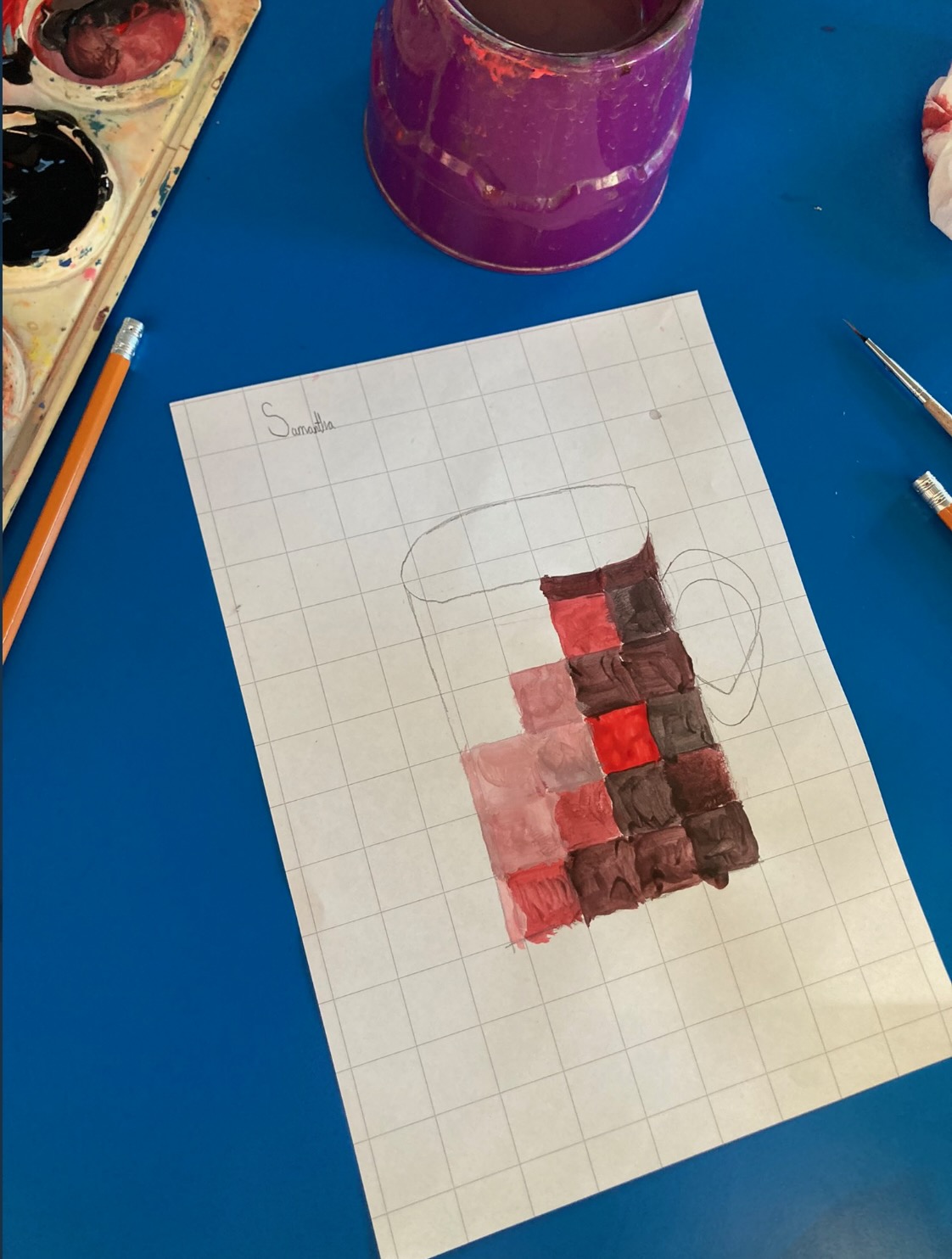
Our Lady of Muswell RC Primary School, London
This content is for subscribers only. Join for access today.
In this unit
Lesson 1: Tints and shades
Lesson 2: Three dimensions
Lesson 3: Painting techniques
Lesson 4: Composition
Lesson 5: Still life


